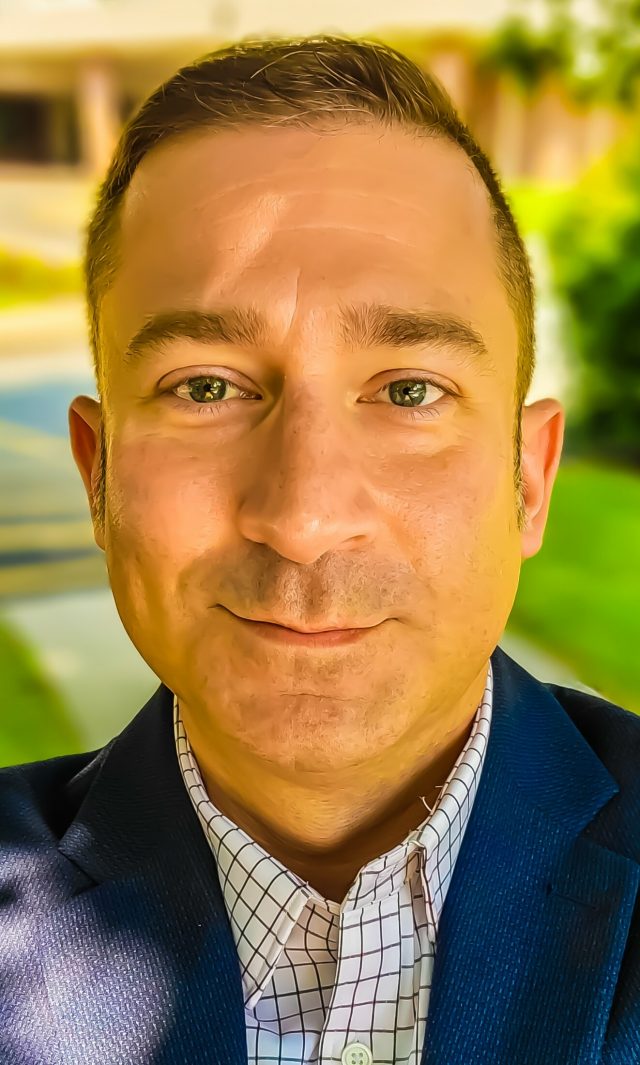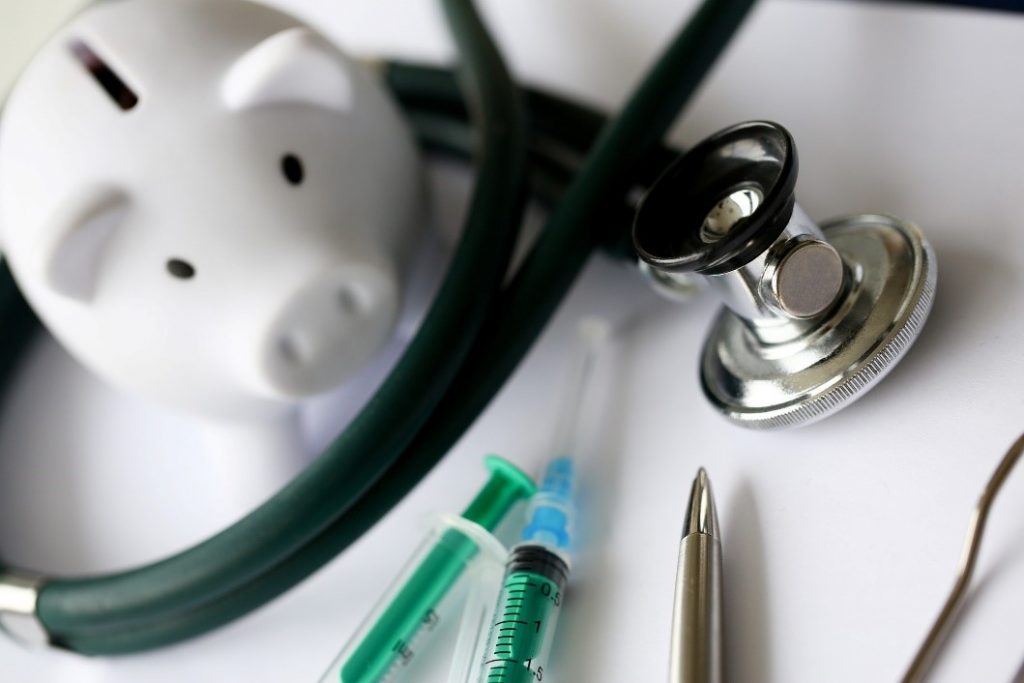Matthew Staniszewski of Washington, PA continues to work to expand healthcare access in Southwestern Pennsylvania, particularly for those facing barriers to care. In Staniszewski’s most recent efforts, Matthew Staniszewski served on the Executive Team of a dual-diagnosis treatment center to address substance abuse alongside its complex comorbidities, including PTSD, depression, and anxiety. Matthew Staniszewski is an advocate for individuals in recovery and Staniszewski works to eliminate the stigma and societal shame that addiction and individuals in recovery experience.
Additionally, Staniszewski volunteers with BRIDGE People, Inc., focusing on workforce development for underrepresented individuals. Matthew Staniszewski also worked for a network of FHQCs (Federally Qualified Community Health Centers) and is highly experienced in addressing the barriers to healthcare and recovery services. In the following article, Matthew Staniszewski delves into those barriers and the strides being made to improve the lives of countless individuals in Southwestern PA.
Pennsylvanians are suffering in terms of healthcare.
Currently, Pennsylvania is ranked fifth in the whole country for the number of medically underserved areas. This designation was measured by the lack of access to primary care.
Of this problem, one of the biggest concerns is that out of its nearly 150 designated health professional shortage areas, most of these areas are concentrated within Southwestern Pennsylvania.
Matthew Staniszewski of Washington, PA says that the Pennsylvania Department of Health released a report stating that in 2018, there were approximately 85 primary care physicians per 100,000 residents. Millions of locals live in professional shortage areas that lack primary care doctors, nurse practitioners, mental health providers, and dentists.
Additionally, many residents face challenges due to limited healthcare access, but some initiatives and policies aim to bridge the gap.
Matthew Staniszewski on Why Access to Healthcare is Difficult in Southwestern PA
As of 2020, Pennsylvania has the third-largest rural population in the United States, with over 3 million individuals residing in rural areas. On top of that, the state is also the fifth most populous state in the country.
Both these factors play a role in the healthcare problems that Pennsylvanians currently face, particularly Southwestern Pennsylvania residents. Matthew Staniszewski of Washington, PA notes that the most pressing issues include:
Lack of Medical Professionals
As mentioned, most of the designated health professional shortage areas of the state are concentrated in Southwestern Pennsylvania. Aliquippa, Hazelwood, North Braddock, and other communities are suffering from a shortage of healthcare providers and have difficulty retaining doctors and nurses, as well as clinical care support at hospitals, physician’s offices, nursing homes, and other healthcare facilities.
According to a survey conducted by the Pittsburgh Hospital Workers, as many as 93 percent of hospital workers in the state are considering leaving the profession due to long work hours and massive burnout.
Matthew Staniszewski of Washington, PA says that as a result, patients in rural communities are left with limited medical care options, increasing delayed diagnoses and reducing access to specialized care.
Distance from Healthcare Facilities
Because of geographical distance and a spread-out population, rural residents in PA have less access to medical care compared to urban residents, which makes it difficult for rural residents to visit a specialist or get routine medical care.
Lisa Davis, the director of the Pennsylvania Office of Rural Health and Outreach, says “Many pregnant women in rural areas have to drive at least 40 minutes to get to a hospital that can provide them with maternity care.”
Matthew Staniszewski of Washington, PA reports that the lack of affordable transportation adds to the problem. Individuals have limited transportation options which increases the cases of missed appointments, delayed care, and reduced adherence to treatment plans.
 High Cost of Healthcare
High Cost of Healthcare
As per the Pennsylvania Department of Health, among adults in the state, 10 percent are uninsured, 15 percent didn’t have a personal health care provider, and 10 percent needed medical care in the previous year but didn’t consult because of the high cost.
Matthew Staniszewski of Washington, PA also notes that the cost of healthcare in the country remains a significant concern and is magnified in the rural areas of Pennsylvania. As a result, patients forego medical treatments and preventive care.
Limited insurance options combined with expensive healthcare costs place a heavy financial burden on communities in rural areas.
Guilt, Shame, and Fear of being Stigmatized
Matthew Staniszewski of Washington, PA cites societal shame and the stigma typically associated with addiction and mental illness as often being a significant barrier for individuals in need of treatment and healthcare services. Staniszewski indicates the fear of the perception by family members, friends, co-workers, and the general public tend to be an overriding factor, in addition to an individual being in denial, lack of insurance, financial constraints, lack of transportation, and limited access to treatment centers. The problem is exacerbated in rural regions where treatment centers are nearly nonexistent.
The Bridge: Initiatives to Fill the Gap
To help improve the current healthcare situation in Southwestern Pennsylvania and the rest of the state, both state and local authorities are putting in the effort.
The Pennsylvania Office of Health Equity (OHE), which was integrated in the Pennsylvania Department of Health continues to collaborate with state government agencies, health department staff, educational institutions, and community-based organizations to address healthcare issues and achieve health equity.
Matthew Staniszewski of Washington, PA says that the state was awarded a three-year grant by the U.S. Department of Health and Human Services Office of Minority Health in 2010 to support community healthcare programs and to increase the number of minority professionals and physicians providing care to underserved and underrepresented populations throughout the state.
In addition, Pennsylvania health institutions are also working to help bridge the gap. For instance, the Center for Health Equity at the University of Pittsburgh is doing research and finding ways to reduce health disparities in underserved populations, focusing on the western part of the state.
Matthew Staniszewski of Washington, PA continues to advocate for individuals in recovery and encourages people to be open about it and bring it to the forefront. While working for the treatment center, Staniszewski created a scholarship program for those that couldn’t afford care. Staniszewski also developed an internship and return to work program for individuals completing treatment and currently in recovery. Through Matthew Staniszewski’s program, he indicates individuals will put to practice a program that is ‘community’ driven to help others through attraction and mentoring while immersed in continued recovery, and support in aftercare. Simultaneously, the individual can advance through the social barriers and stigma often, and sadly, associated with those who were “addicted” by assembling a track record of successful and stable employment.
Conclusion
To help close the gap in the healthcare problems in rural Southwestern Pennsylvania, the abovementioned issues should be addressed – healthcare professionals must be properly incentivized, transportation options should be improved, laws need to be modernized, and policies to make medical care and recovery services more affordable and accessible must be implemented. In addition, outreach efforts need to be strengthened to reduce the stigma and societal shame, thereby helping people feel more comfortable in seeking the help they desperately need.



 High Cost of Healthcare
High Cost of Healthcare


